Cypress Tree Tunnel, Point Reyes National Seashore
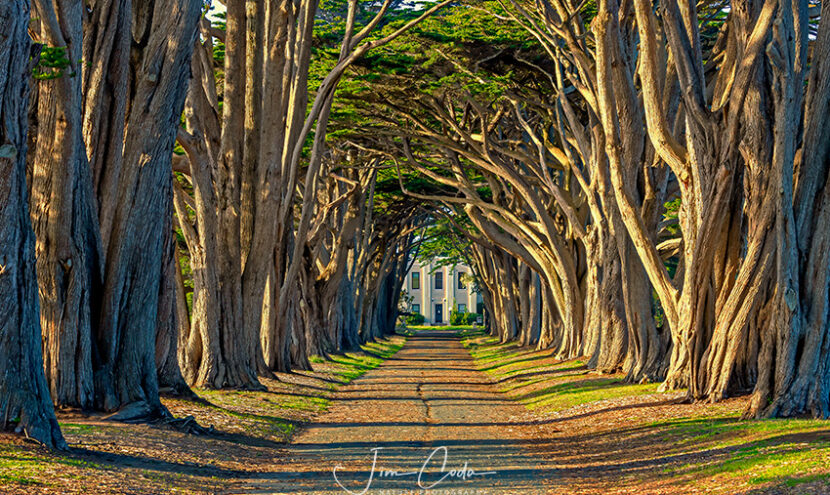
This is a view of the driveway leading to an historic building that was used by RCA long ago to communicate with ships in the Pacific. It’s somewhat famous for the cypress trees along the driveway because they form a tunnel leading to the old building. When I drive by this spot there are usually one or more people standing there taking photos. As a person who is primarily a wildlife photographer, I’ve driven by there hundreds of times in the past 15 years and never stopped to photograph the tunnel. Recently, I decided I ought to do that some time. A month ago I was driving by and no one was there. So, I stopped and took a few quick held-held “snapshots” with a not-ideal 100-500 mm lens (at 100 mm) just to be able to look at some photos at home to see if I should bother to go back for some more serious photos with a wider angle lens on a tripod, at sunset. Maybe HDR. I’m surprised that the photos, like the one above, were fairly good. That makes me want to go back and try for better results.
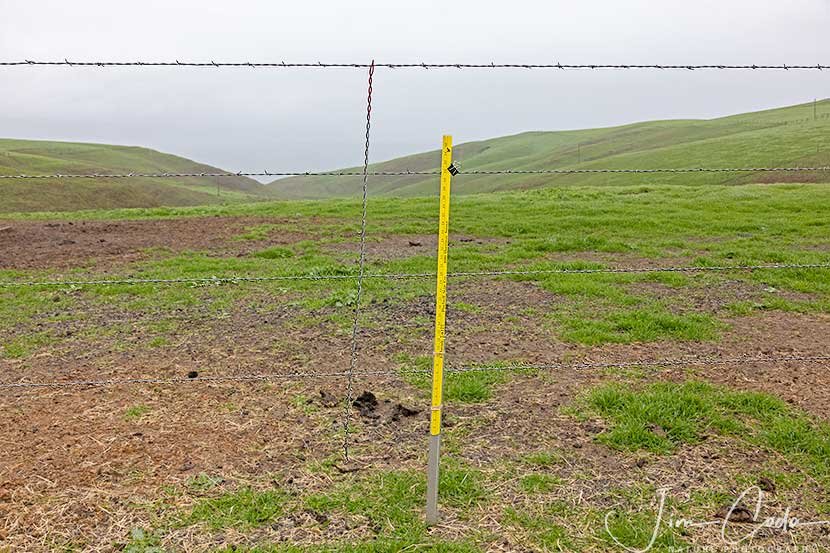


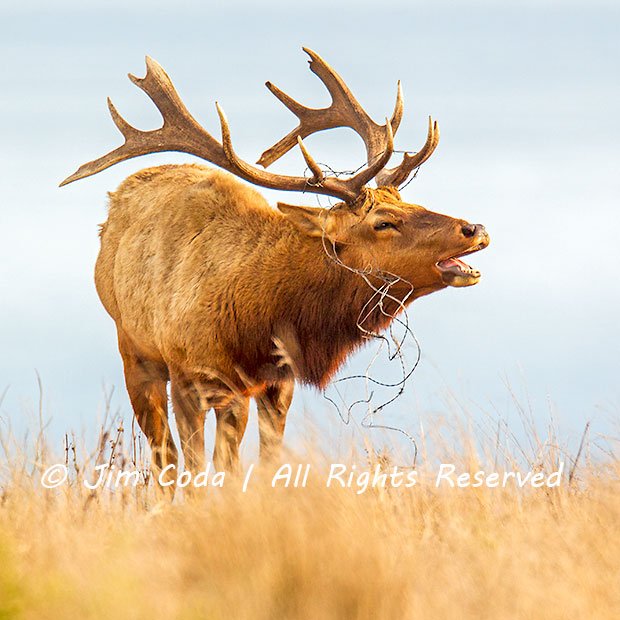 A Point Reyes National Seashore (PRNS) Bull Tule elk with Barbed Wire Caught in His Antlers
A Point Reyes National Seashore (PRNS) Bull Tule elk with Barbed Wire Caught in His Antlers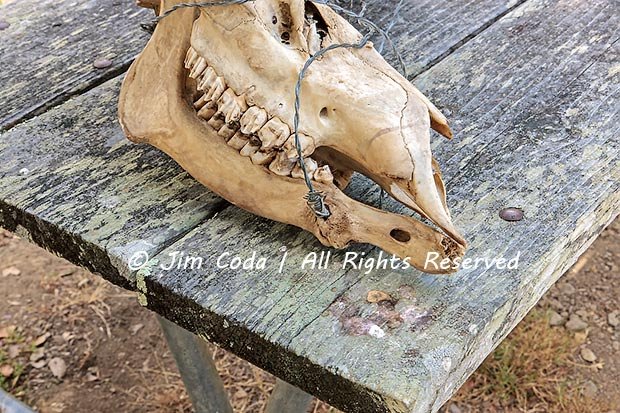 Skeleton of a PRNS Bull Elk Who Died Because Barbed Wire Caught in Antlers Prevented Him from Opening His Mouth.
Skeleton of a PRNS Bull Elk Who Died Because Barbed Wire Caught in Antlers Prevented Him from Opening His Mouth.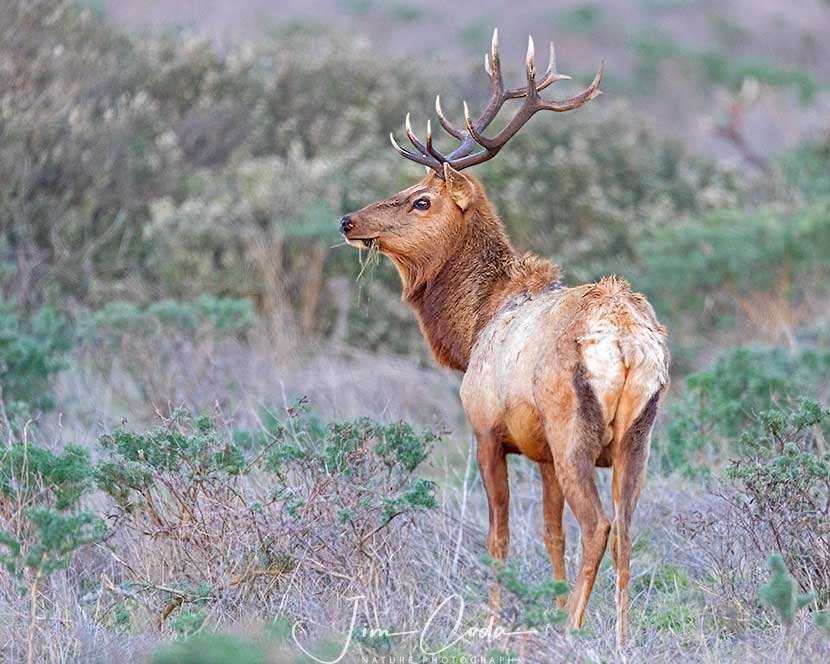 A bull tule elk feeds at sunset inside the elk enclosure at Point Reyes National Seashore.
A bull tule elk feeds at sunset inside the elk enclosure at Point Reyes National Seashore. A night view of Angel Island, Alcatraz and San Francisco.
A night view of Angel Island, Alcatraz and San Francisco. Mountains and fog at dawn in Torres del Paine National Park
Mountains and fog at dawn in Torres del Paine National Park A mother guanaco and her chulengo appear before sunrise in Torres del Paine National Park.
A mother guanaco and her chulengo appear before sunrise in Torres del Paine National Park.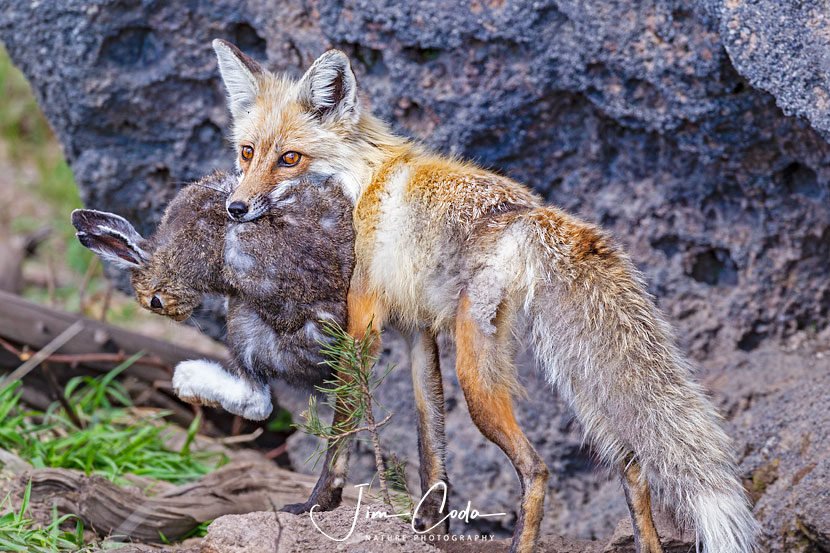 A red fox mom returns to her den with an arctic hare to feed her kits in Yellowstone National Park.
A red fox mom returns to her den with an arctic hare to feed her kits in Yellowstone National Park.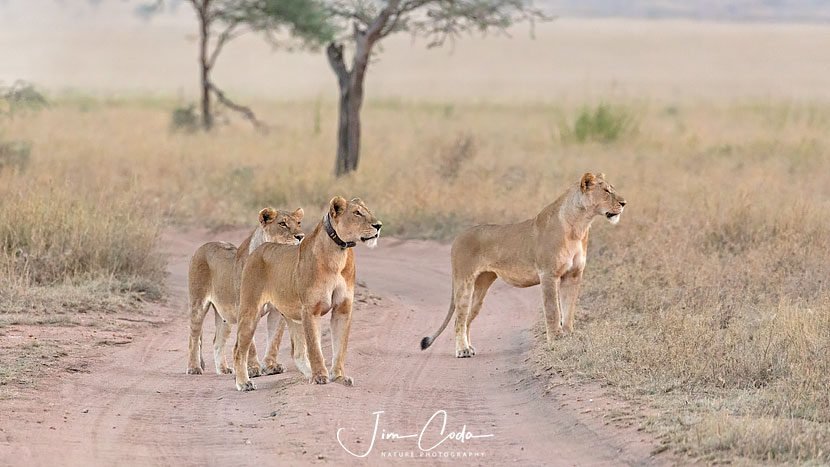 Three lionesses are on the hunt in Serengeti National Park.
Three lionesses are on the hunt in Serengeti National Park. A bald eagle perches on a limb in Alaska.
A bald eagle perches on a limb in Alaska.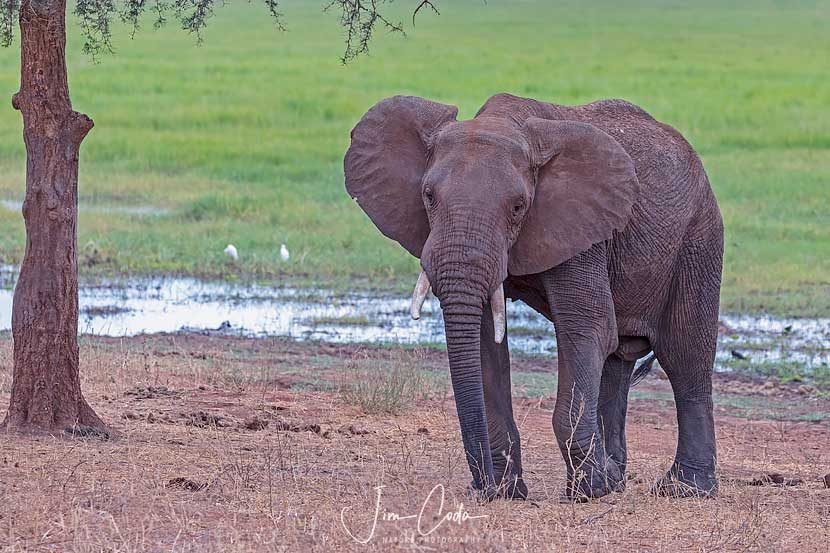 A male elephant walks near a wetland in Tarangire National Park, Tanzania.
A male elephant walks near a wetland in Tarangire National Park, Tanzania.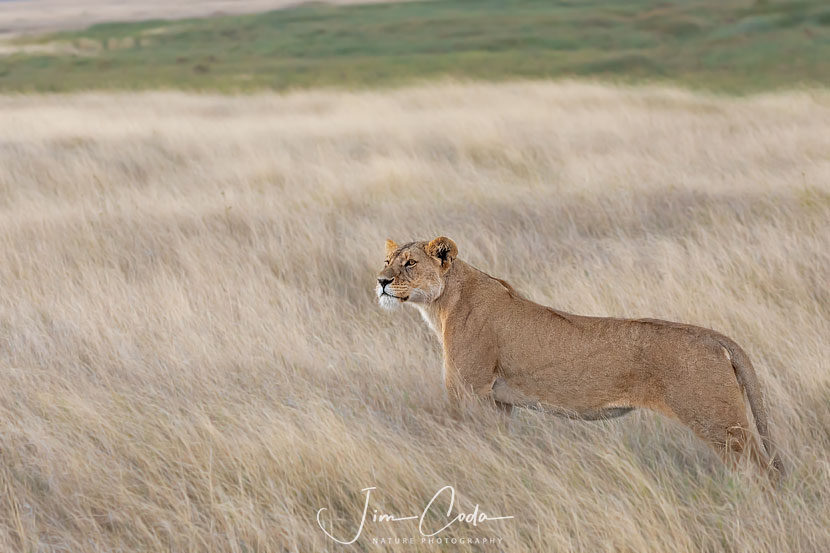 An African lioness surveys her domain in Serengeti National Park.
An African lioness surveys her domain in Serengeti National Park.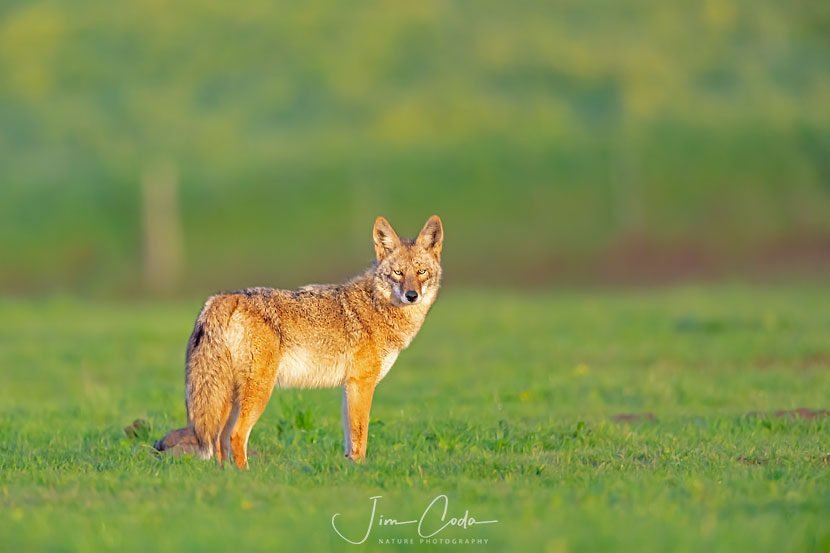 A coyote stops just before sunset as it travels across a ranch pasture in Point Reyes National Seashore.
A coyote stops just before sunset as it travels across a ranch pasture in Point Reyes National Seashore.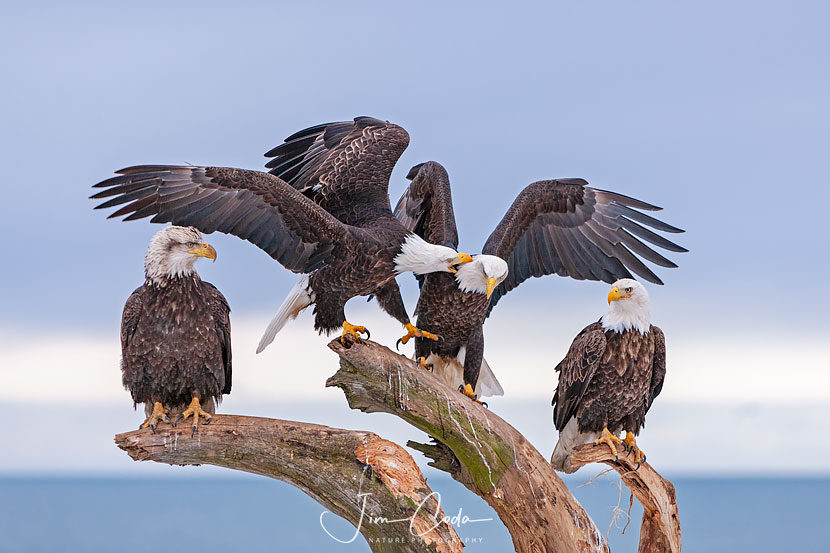 One bald eagle bites another at Homer, Alaska.
One bald eagle bites another at Homer, Alaska.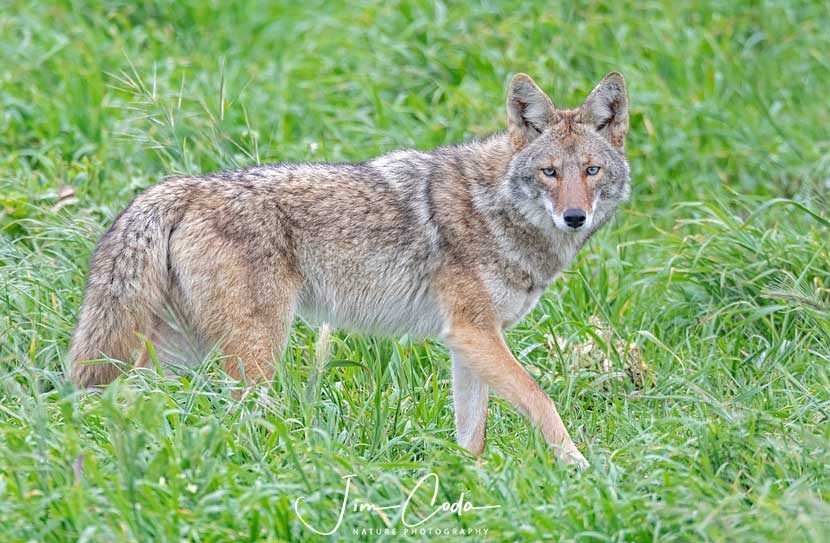 A coyote walks across a ranch pasture full of non-native European grasses in Point Reyes Seashore.
A coyote walks across a ranch pasture full of non-native European grasses in Point Reyes Seashore.